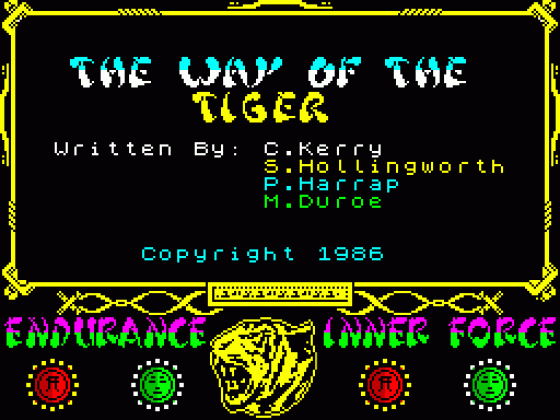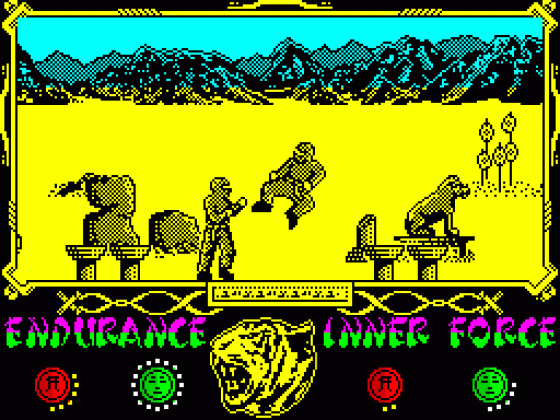Other Reviews Of The Way Of The Tiger For The Spectrum 48K
The Way Of The Tiger (Gremlin)
A review by (Crash)
The Way Of The Tiger (Gremlin)
A review
The Way Of The Tiger (Gremlin)
A review by John Gilbert (Sinclair User)
The Way Of The Tiger (Gremlin)
A review
Way Of The Tiger (Gremlin Graphics)
A review


 1st June 1986
1st June 1986












